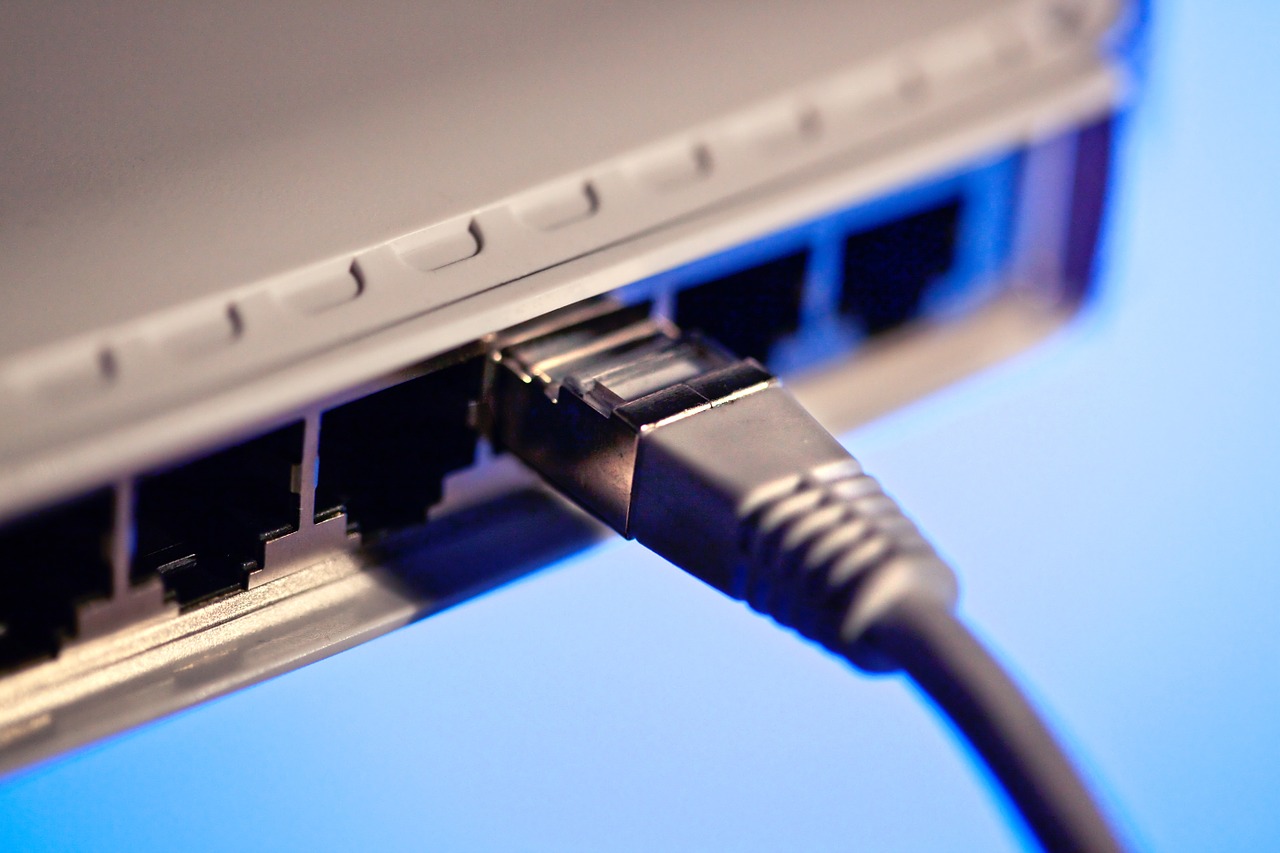There is still no official explanation for the freak breaks in two separate undersea African Internet cables that happened 11 days ago. However, as reported in the Sunday Times yesterday, the most common causes of such breaks are damage by ship anchors and earthquakes at sea.
The freak occurrence of two separate cables being cut simultaneously far out at sea, as happened on the morning of 16 January, can only be explained by sea-bed activity. One of the cables was cut in two places, and it is widely believed that a third major cable was also cut.
The cable damage mostly occurred in or near an area called the Congo Canyon, which starts inland and extends 220km into the sea. It is known for having the world’s strongest “turbidity currents”, underwater sediment avalanches over hundreds of kilometers, which are known to destroy undersea cables.
The most likely culprit is a 5.6 magnitude earthquake that struck the Atlantic Ocean near Ascension Island shortly before the cables were cut on the morning of 16 January. The earthquake occurred just before 8am South African time, and local ISPs reported losing international access from just before 10am. The epicentre of the earthquake was more than a thousand kilometres off the coast of Africa, but disturbances caused by seismic activity at sea become more powerful as they approach the coast. Combined with turbidity currents, this could well have taken out all cables in the area.
The West Africa Cable System (WACS) was cut in two places, and the South Atlantic 3 (SAT3) cable in one location. Industry insiders believe that the Africa Coast to Europe (ACE) cable was also cut, but it has not been publicly confirmed.
South Africa is connected to the global Internet via seven such cables, with a total capacity of 42.3 terabits per second (tbps). These cables, in turn, connect to additional cables connecting the West and East coasts of Africa, with a single cable running from Angola to Brazil providing another 40 tbps.
However, it emerged in the past week that smaller ISPs in South Africa had bought capacity on only one or two cables. In a freak occurrence, two of the most commonly used cables, the WACS and SAT 3 cables, were cut simultaneously, plunging millions of Internet users into data darkness.
Customers of the major mobile network operators – Vodacom and MTN – were largely unaffected, as these tend to have both part-ownership and access to most of the cables running up both the East and West coasts of Africa.
Visit the next page to read about how ISPs have battled to reroute access, how massive resources are needed to deal with these kinds of outages, and when the ship will reach the breakage points.
Pages: 1 2 3 4




















